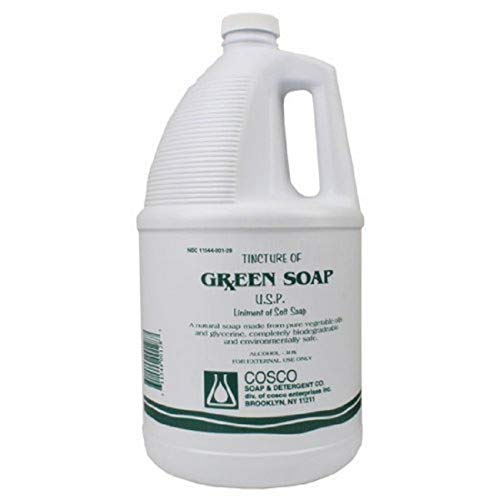

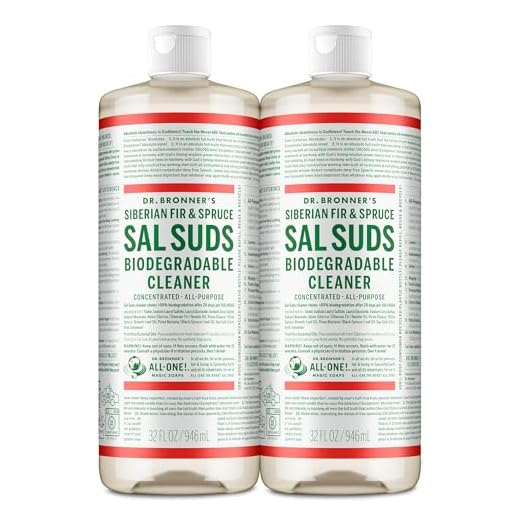

Opt for a biodegradable product tailored for high-velocity cleaning tasks to achieve optimal results. Such cleaners are effective without harming the environment, ensuring your cleaning process is both efficient and responsible.
Concentrate on formulations designed to dissolve grime, grease, and stains. Alkaline-based solutions work exceptionally well for oil and heavy-soil removal, while acidic concentrates are ideal for mineral deposits and hard water stains. Always check the compatibility of these mixtures with your specific device to avoid damage.
Consider products that contain surfactants, which enhance the ability of water to penetrate and lift off dirt. Surface activators play an essential role in breaking down the bonds of stubborn contaminants, making them easier to rinse away.
For specific tasks, such as vehicle cleaning, opt for a pH-neutral solution that won’t strip wax or damage paint finishes. Always follow manufacturer recommendations to ensure safety and effectiveness while using these specialised mixtures.
Choosing the Right Cleaner for High-Pressure Equipment
Opt for a pH-neutral formulation specifically designed for high-powered machines. Acidic cleaners can damage the components, while overly alkaline ones may leave unsightly residues. Always check compatibility with your machine’s materials before use.
Types of Formulations

Biodegradable options are preferable, especially for outdoor cleaning. These solutions break down naturally and are less harmful to the environment. If tackling grease or oil, select a degreaser that lifts tough stains without risk to seals and hoses.
Application Tips
Utilise a low-pressure nozzle when applying cleaner to surface areas to avoid damaging delicate surfaces. Let the solution sit for the recommended time to allow it to penetrate grime effectively, ensuring better removal when you switch back to high pressure.
Selecting the Right Cleaner for Exterior Cleaning
I recommend using a biodegradable formula designed specifically for outdoor surfaces. Look for options that easily break down grime and do not harm plants or pets. These cleansers effectively lift dirt without leaving harmful residues, making them ideal for wood, brick, and vinyl exteriors.
Concentration and Application
Select a concentrated cleaner that can be diluted according to the task. This flexibility allows for adjusting strength based on the severity of the stains. Using a lower concentration for general maintenance and a stronger mix for grime or mildew can significantly enhance your cleaning results.
Compatibility with Equipment
Ensure compatibility with your machine. Check manufacturer recommendations to avoid any damage to seals or components. Some formulations may foam excessively, leading to blockages or inconsistent performance. Testing a small area before full application can confirm effectiveness without risking larger issues.
Understanding Surfactants in Pressure Washer Solutions
Surfactants play a significant role in the performance of cleaning agents tailored for high-pressure equipment. Specifically, these compounds reduce the surface tension of water, allowing the solution to penetrate and lift dirt more effectively. Selecting a product with the right surfactant can dramatically enhance cleaning outcomes, especially on tough stains ingrained in surfaces.
There are mainly anionic, cationic, and non-ionic surfactants. Anionic surfactants are great for removing grime and organic stains due to their ability to bind to dirt. Cationic varieties can counteract certain types of bacteria, making them ideal for sanitising tasks. Non-ionic surfactants offer versatility, being effective in various cleaning scenarios without forming excessive suds.
When assessing formulations, check for additional features like biodegradability and pH levels. Products with low pH are typically milder on surfaces while still providing adequate cleaning power. Always test a small area first to ensure compatibility with the material being cleaned.
In summary, understanding surfactants allows for smarter choices in cleaning applications, ensuring both efficiency and surface integrity during maintenance tasks.
Choosing Surfactants Based on Surface Material
For effective cleaning, I recommend matching the surfactant to the surface type. Each surface reacts differently to various formulations. Here are my insights on selecting the right cleaning solutions:
Concrete and Masonry
Use a powerful alkaline cleaner to tackle tough grime and oil spots. These solutions penetrate porous surfaces effectively, breaking down embedded dirt and grease. A pH-neutral option can work for regular cleaning and maintenance to avoid damaging the surface.
Wood Surfaces
Opt for a gentle, biodegradable cleaner when working with wood. Strong alkaline cleaners can damage finish and lead to splintering. A specially formulated surface-safe cleaner will also help remove mildew and prevent future growth.
Automotive and Metal
For cars or metal items, a non-corrosive cleaner is vital. Look for a specific automotive cleaner that won’t strip wax or harm the paintwork. Avoid anything overly acidic, as this can lead to rusting or pitting.
Glass and Windows
A glass cleaner designed for pressure applications should be chosen here. Ensure it’s streak-free and safe for tinted windows. These cleaners should be free of ammonia to avoid damage to seals and frames.
Fabrics and Upholstery
Use a mild cleaning agent, especially for outdoor fabrics on furniture. Ensure the formula is safe for colorfastness to avoid fading. Test in a small area first to guarantee compatibility.
| Surface Type | Recommended Cleaner | Key Features |
|---|---|---|
| Concrete and Masonry | Powerful alkaline cleaner | Deep penetration, removes tough stains |
| Wood Surfaces | Biodegradable cleaner | Gentle, prevents damage |
| Automotive and Metal | Non-corrosive automotive cleaner | Safe for paint and finishes |
| Glass and Windows | Streak-free glass cleaner | Safe for tints, no ammonia |
| Fabrics and Upholstery | Mild cleaning agent | Colorfast, safe for outdoor use |
By aligning the cleaner with the surface type, I’ve observed significant improvements in cleaning results. Remember, the right choice not only enhances cleanliness but also prolongs the lifespan of various materials.
Concentrated vs. Ready-to-Use Formulations
Based on my extensive testing and evaluation, I firmly recommend concentrated options for most cleaning tasks. Concentrated formulations provide flexibility, allowing for dilution based on the specific needs of the job. With a proper understanding of the appropriate measurements, users can tailor the solution strength to target stubborn grime or delicate surfaces effectively.
Conversely, ready-to-use solutions offer convenience, eliminating the need for mixing. This can be advantageous for quick jobs or inexperienced users who prefer straightforward application. However, these products may not always deliver the desired strength for heavier cleaning challenges, potentially requiring multiple applications or excessive scrubbing.
Cost Efficiency and Storage
From a financial perspective, concentrated solutions often present a more economical choice. The upfront cost might seem higher, yet the price per use significantly decreases due to the ability to create multiple applications from a single container. Additionally, storage space is minimal as a single bottle can last a long time, compared to several bulky ready-to-use containers.
Environmental Impact
Choosing concentrated formulations can also be more environmentally friendly. They generally require less packaging and reduce waste produced from single-use products. This is something to consider for those aiming to lessen their ecological footprint while maintaining effective cleaning routines.
Environmental Considerations When Using Cleaning Agents
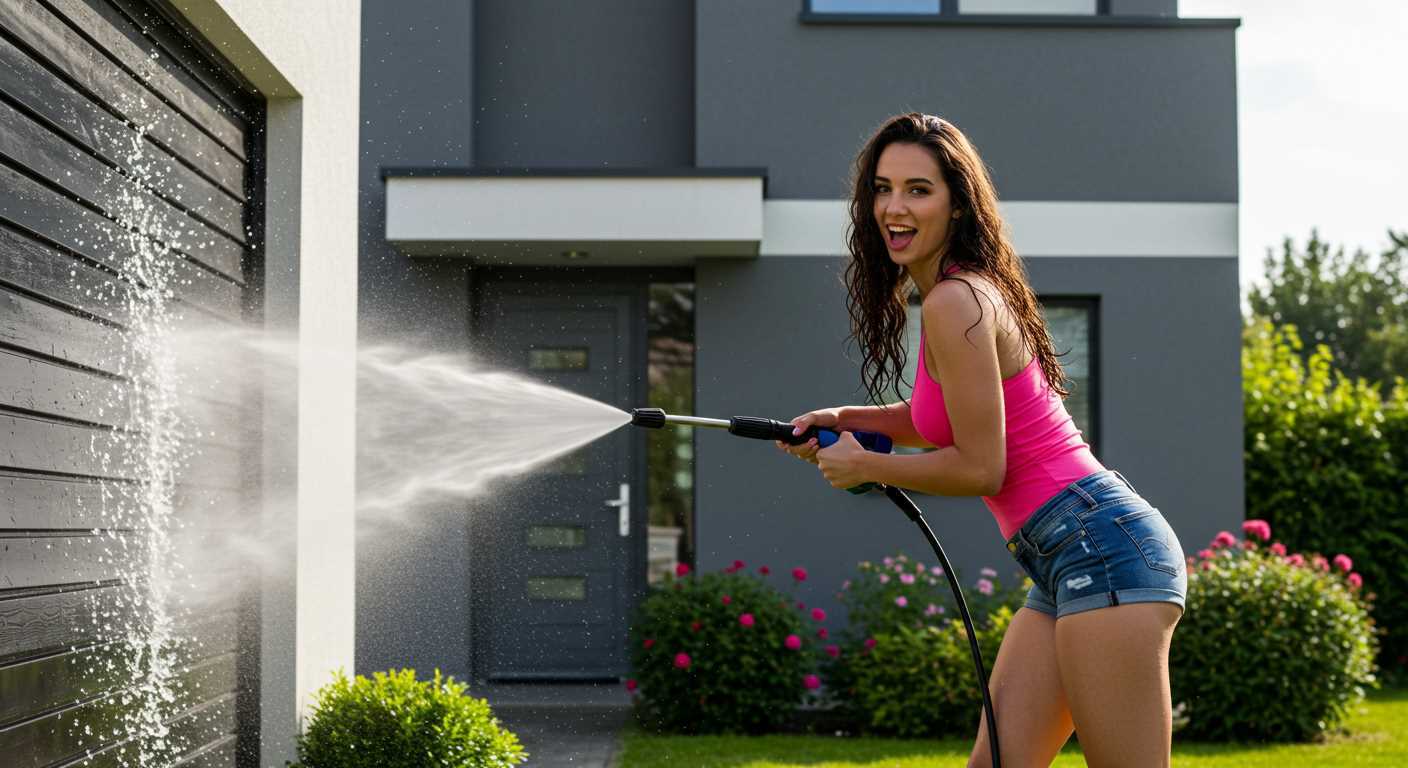
Opt for biodegradable formulations whenever possible. These products break down more naturally, reducing harm to local ecosystems. Always check labels for eco-friendly certifications, which indicate reduced environmental impact.
Pay attention to the chemical components in your chosen solution. Avoid phosphates, as they can lead to water pollution and algal blooms in waterways. Opt for those free from harmful surfactants like nonylphenol ethoxylates, which can disrupt aquatic life.
Be mindful of local regulations governing runoff. Prevent contaminants from entering storm drains by using a containment system or ensuring proper disposal methods. Direct any excess liquid away from landscaped areas and water sources.
Limit usage to what is necessary. Over-application not only wastes the solution but increases the potential for environmental harm. Using appropriate concentrations will enhance performance while minimising waste.
Utilise only the recommended amount for the specific task. This ensures effective cleaning without excess chemical discharge into the environment. Furthermore, regular maintenance of the equipment will reduce leaks and chemical wastage.
For exterior surfaces, consider natural alternatives such as vinegar or baking soda. These choices can be effective for lighter soil without negatively impacting the environment.
Lastly, always store cleaning solutions properly. Keeping them in original containers with secure lids helps prevent accidental spills that could lead to contamination of soil and water sources.
How to Properly Dilute Cleaning Solutions for High-Pressure Equipment
Follow these simple steps to achieve the correct concentration:
- Read Labels: Always check product instructions for recommended dilution ratios.
- Use a Measuring Device: Employ a measuring cup or graduated cylinder to ensure accurate quantities of the cleaner and water.
- Mix in a Separate Container: Combine the solution in a bucket or jar before transferring to the equipment. This prevents damage from concentrated products.
- Adjust for Conditions: In heavily soiled areas, you might need a stronger mix, while lighter cleaning can use more water.
- Test on a Small Area: Before full application, always test the mix on a discreet surface to check for adverse reactions.
For optimal results, follow these recommended dilutions based on common tasks:
- General Cleaning: Mix one part cleaner to ten parts water.
- Grease and Oil Removal: Use a one-to-five ratio for better penetration.
- Mildew and Algae Treatment: A one-to-three mix is effective for these tougher stains.
Keep in mind, proper dilution not only enhances cleaning performance but also extends the life of your high-pressure equipment. Ensuring the right balance is key to achieving satisfying results every time you clean.
Recognising Signs of Poor Cleaning Results with Detergents
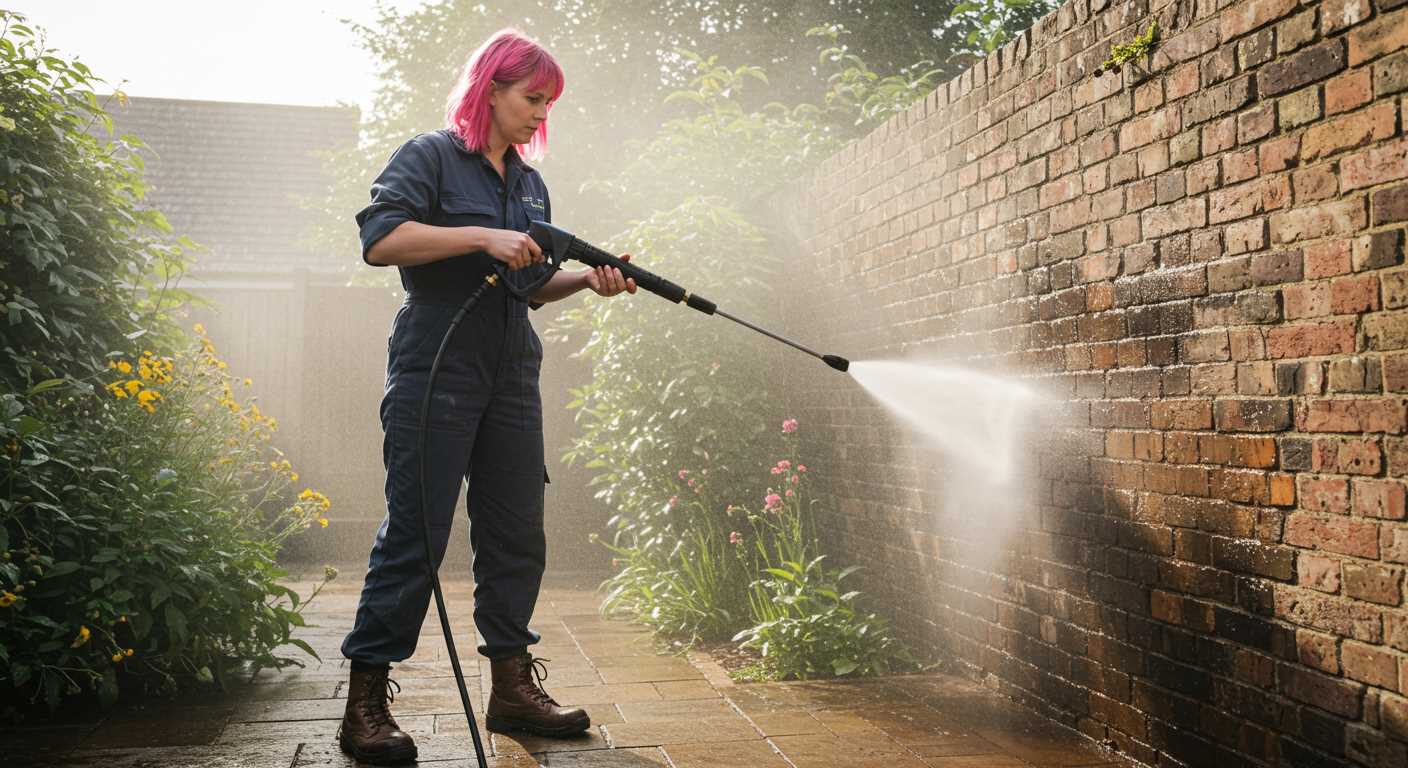
Observe the surface after application; uneven cleaning streaks indicate insufficient formulation or dilution. If residues remain post-cleaning, the cleaning solution might not be breaking down grime effectively.
Indicators of Subpar Performance
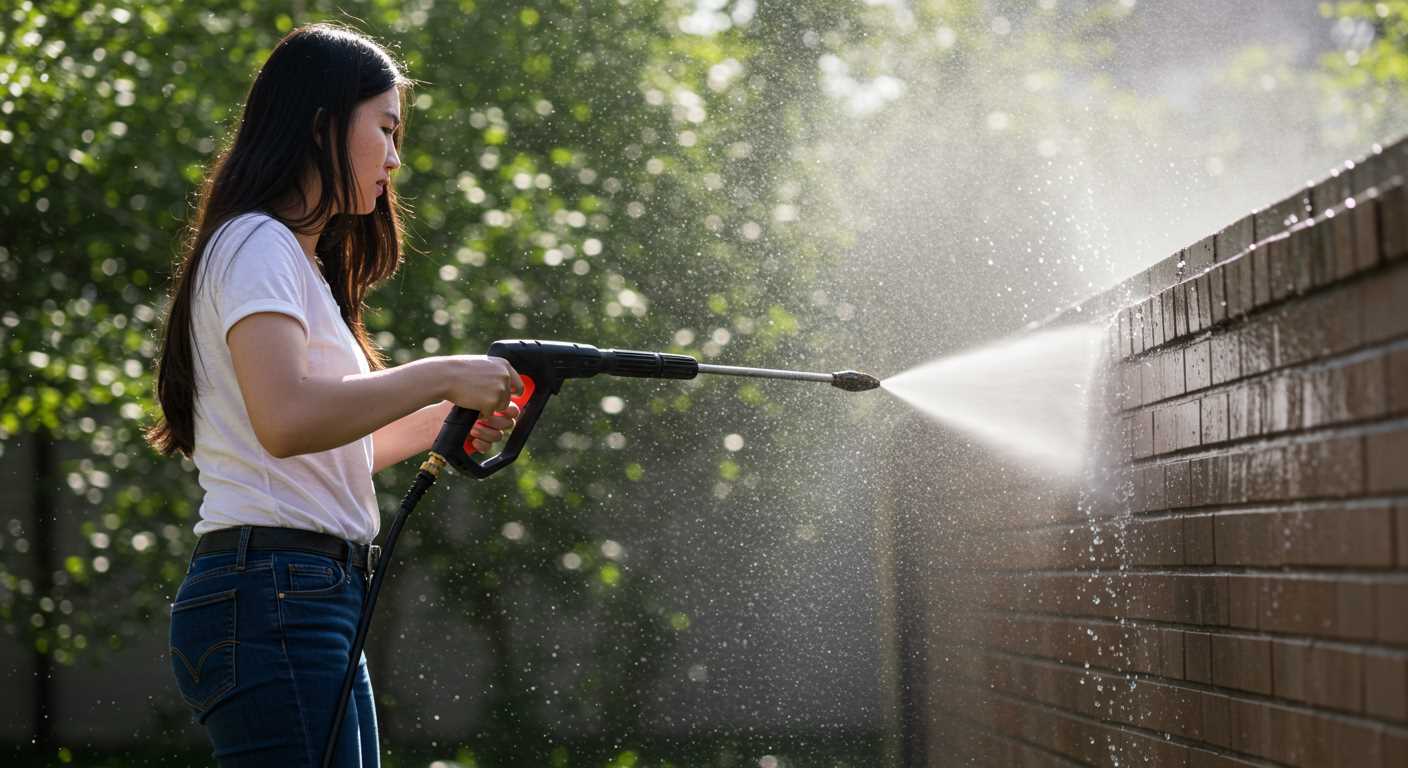
- Stubborn stains that won’t budge after multiple applications suggest incompatibility between the cleaning agent and the surface material.
- Extensive water spots or film accumulation point to a concentration issue. This may signal an imbalance between the cleaning solution and water.
- A strong chemical smell without effective results hints that the product might not contain adequate surfactants.
- Delayed results, where the surface still appears dirty after treatment, may imply that the formulation lacks sufficient active ingredients.
Testing Your Solution
- Choose a small, inconspicuous area for initial application.
- After applying, monitor results over a short period. If dirt reappears quickly, it may denote ineffective cleaning agents.
- Evaluate the surface texture–if there’s no noticeable change, reconsider your choice of formulation.
Adjusting concentrations or trying alternatives can significantly enhance results. Keeping track of performance will help identify when a cleaning product isn’t meeting expectations.

